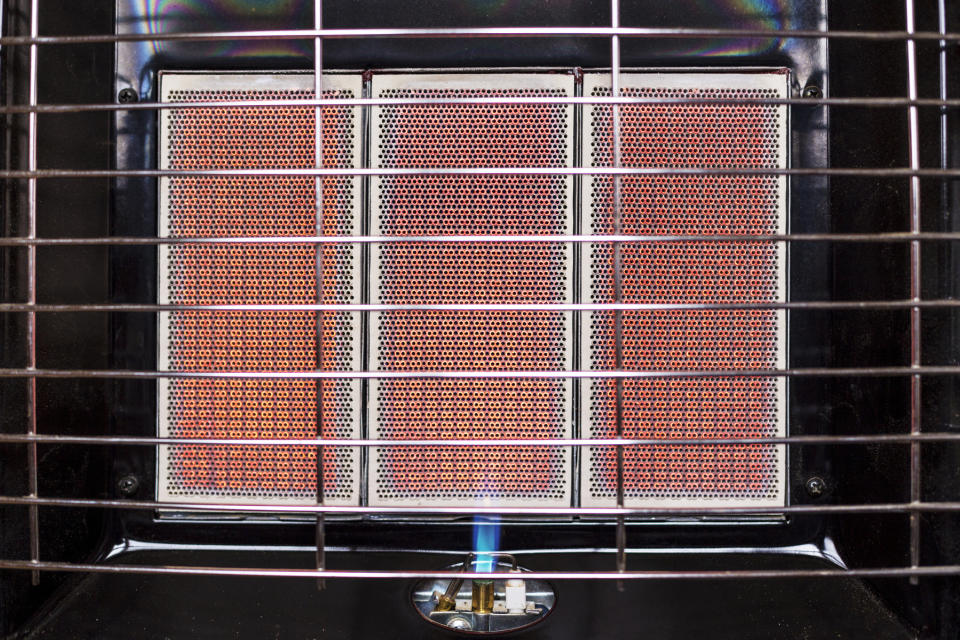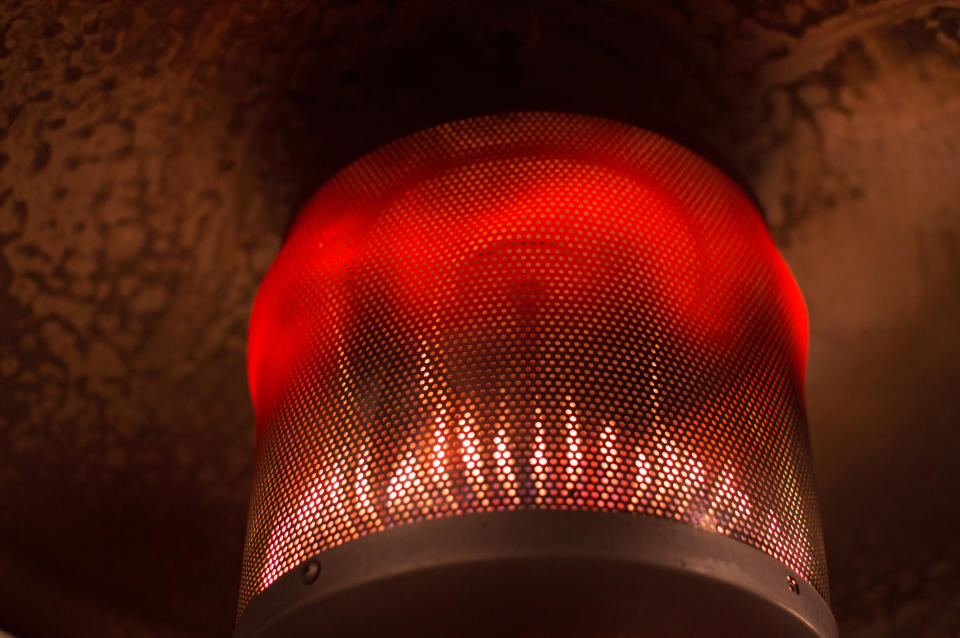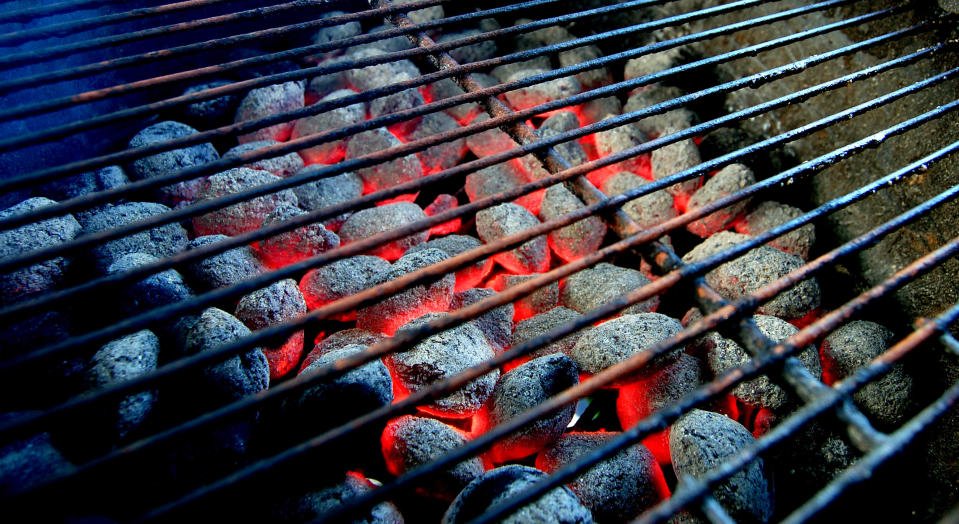Carbon monoxide poisoning: Are you at danger?
Following a spate of recent close calls with carbon monoxide poisonings in Australia, there are revised calls from experts for people to educate themselves on the deadly dangers of the odourless gas.
On Monday, seven people, two adults and five children, in the affluent Sydney suburb of Vaucluse, were hospitalised after a pool heater filled their home with carbon monoxide.
Just a week earlier, five people, including an 18-month-old child, needed medical attention when they lit barbecue heat beads inside their Cabramatta home.
And four people escaped death last month after the top deck of their motor boat filled with carbon monoxide as they travelled along Perth’s Swan River.
The near fatal incidents highlight the extensive range of ways people can suffer from carbon monoxide poisoning, with an apparent lack of understanding on what causes unsafe levels.
While the three recent incidents thankfully resulted in no deaths, there have been dozens of CO related fatalities in Australia which begs the question, who is at risk?
Dr Christine Cowie, a Senior Research Fellow at the University of NSW’s Centre for Air Quality and Health Research and Evaluation told Yahoo News Australia with the drop in temperatures as winter sets in, households must follow certain steps to avoid a potentially fatal scenario.
“The problem with carbon monoxide is that it is an odourless gas,” she said.
“There is no advanced warning.”
When the gas does take control of the body, symptoms, such as headaches, tiredness and vomiting, are often confused with the flu, Dr Cowie explained, which can in turn prove fatal if not acted on immediately.
The silent killer
She identified unflued gas heaters as one of the biggest causes of poisoning. The heaters, which instead of using a flue or chimney, emit gas into the home.
If the property isn’t ventilated efficiently or the space is relatively small, the CO levels can rapidly rise to an unsafe concentration.

“[Unflued gas heaters] certainly are not allowed in bedrooms and there’s concern about using them in caravans,” Dr Cowie told Yahoo News Australia.
She said anything that combusts — including fire places and burning coals —that doesn’t allow the resulting gases to be emitted outside of the contained space, pose a risk.
She said bringing outdoor gas appliances indoors, such as barbecues and heaters, is a “big no no”.
Victoria’s Director of Energy Safety, Paul Fearon, said there is a lack of understanding of what appliances can be used in enclosed spaces – a deadly situation when CO is undetectable to humans.
“Carbon monoxide is a silent killer,” he previously said in response to a handful of camping CO poisonings.
“You can’t see it, you can’t smell it and you can’t taste it.
“The golden rule is if an appliance is attached to a portable gas bottle, don’t bring it inside – and that includes tents,” Mr Fearon said.
“Outdoor gas appliances are not designed to be used in enclosed spaces. Without proper ventilation, CO can build up and quickly reach fatal levels.”

Dr Cowie said even small fridges found in caravans and camping residents can use compressed gas which can emit CO.
Gas heater guidelines
Dr Cowie said it was vital homeowners check their gas appliances, including boilers, gas heaters, wall units, space units, central heating and gas water heaters checked every two years by a licensed gas fitter while asking for a Compliance Certificate.
She said unflued gas heaters should never be left on for long periods, especially while sleeping.
“If the heater is quite old it’s suggested to replace it,” she also advised for faulty heaters prone to leaks.
Ventilation inside the home is also key, and Dr Cowie advises heater users to ventilate the home regularly, simply by opening the doors and windows briefly.
The use of exhaust fans in bathrooms and kitchens can in fact result in the emissions being sucked back into the home and should be used reluctantly when any combustion heating is implemented.
She said it may give peace of mind to many homeowners to also install a carbon monoxide alarm – a device research has indicated many Australians are not aware of.
Lack of Carbon Monoxide education
Research carried out by smart home products company Nest last year indicated that the majority of the country, 61 per cent of Australia, didn’t know CO detectors existed.
Worryingly, 35 per cent of Australians believed a “weird smell” is associated with high levels of CO.
Dr Barbara Robertson, Director of Anaesthetics at Albury Wodonga Health, said a huge issue was that symptoms associated with CO poisoning are similar to other sicknesses.
“The symptoms tend to be non-specific and can look like flu or gastro. The most common symptom is headaches, but victims could experience any number of complaints including dizziness, nausea, vomiting, tiredness, confusion, difficult breathing, muscle cramps and abdominal pains.”

Victorian mother Vanessa Robinson tragically lost her two sons, Chase, 8, and Tyler, 6, to Carbon Monoxide poisoning at their home and set up The Chase & Tyler Foundation to help raise awareness in their memory.
“I had no idea that leaving a gas heater on could put myself and my family at risk of CO poisoning,” she said.
“Carbon Monoxide is terrifying, as you can’t see, taste or smell it. That’s why it’s so important for community members to take appropriate safety steps to prevent other senseless illness, injury and deaths.”
Dr Robertson said the relatively low numbers of CO poisoning cases meant education on the potentially fatal gas was low.
“The biggest problem is that CO poisoning is very uncommon and sporadic,” she said.
“Public education about prevention, symptoms and mandating alarms would go a long way in preventing CO-related injuries and deaths.”
Do you have a story tip? Email: newsroomau@yahoonews.com.
You can also follow us on Facebook, download the Yahoo News app from iTunes or Google Play and stay up to date with the latest news with Yahoo’s daily newsletter. Sign up here.
